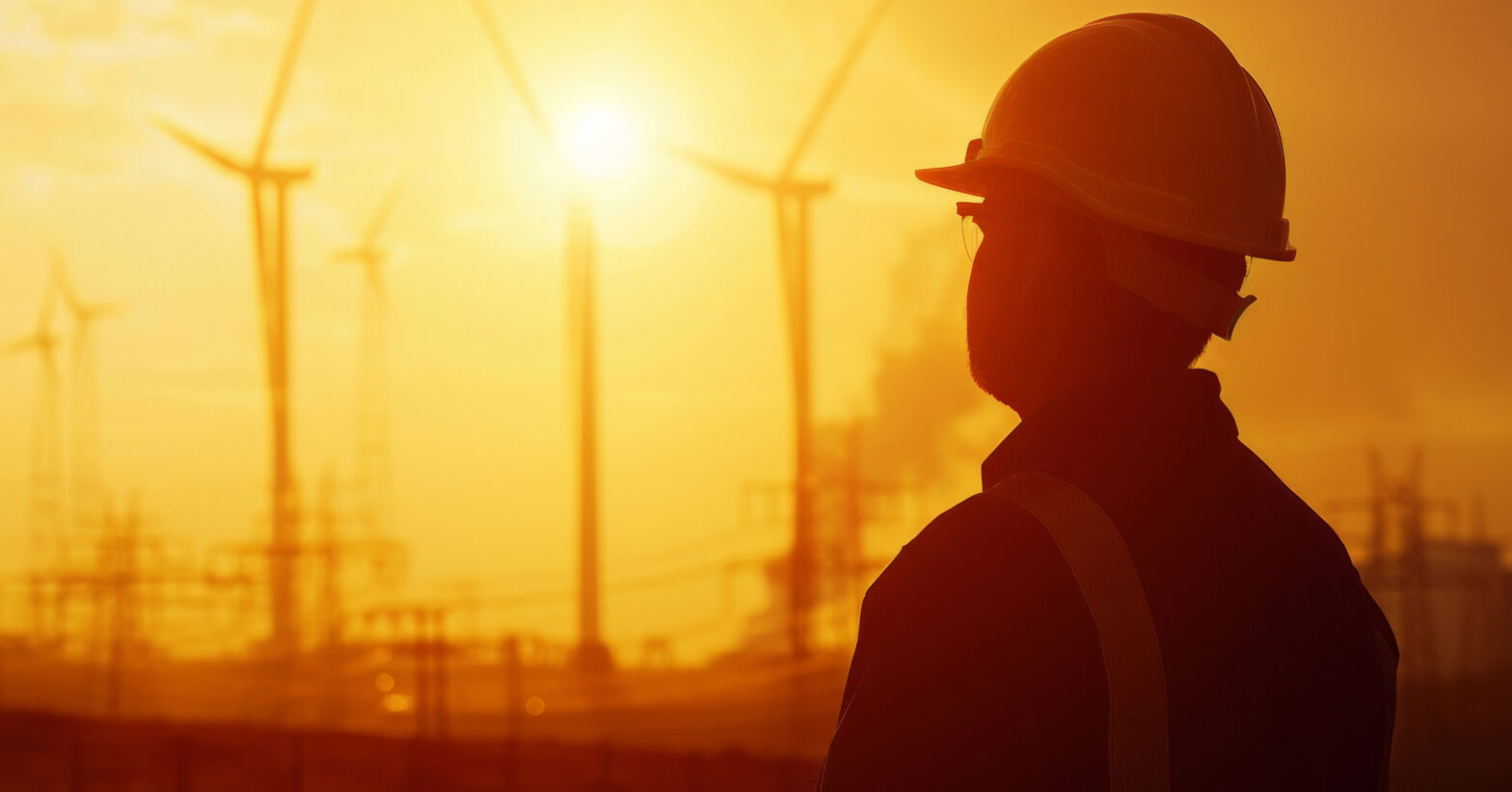
As the UK moves into the autumn and winter months, one critical issue becomes even more prominent for outdoor workers: visibility. With shorter days and longer nights, the risk of accidents increases significantly, making it essential for workers to be seen. The stakes are high, and failing to prioritise visibility could result in dire consequences.
The Health and Safety Executive (HSE) reports, workplace fatalities in the construction and transportation sectors consistently rank among the highest across industries. In 2022, 123 workers died in work-related accidents in the UK, with a significant number occurring in low-light conditions such as early mornings or late evenings. These grim statistics highlight the importance of ensuring workers are as visible as possible, especially when the weather turns darker and more unpredictable.
The Challenge of UK Winters: Shorter Days, Lower Visibility
In the UK, the winter solstice sees daylight last for just 7 hours and 49 minutes in some areas, meaning workers can often find themselves labouring in near darkness. Beyond the reduced daylight, typical UK winter conditions such as rain, fog, snow, and overcast skies also contribute to low visibility. On average, more than 50% of UK days in winter are overcast or gloomy.
For those working outdoors in construction, maintenance, roadside assistance, or public service roles, the combination of poor weather and early sunsets is more than just an inconvenience; it’s a serious safety risk. With adequate visibility, workers are easily seen by passing drivers, colleagues operating heavy machinery, or anyone else who shares the work environment.
Hi-Vis Clothing: A Simple Yet Lifesaving Solution
Wearing high-visibility (hi-vis) clothing is a crucial and effective safety measure in many industries. This specialised gear is designed to make workers more visible in various environments, helping to prevent accidents and save lives. Hi-vis clothing typically incorporates bright, fluorescent materials that stand out against natural backgrounds during daylight, making workers easily noticeable. Additionally, these garments feature retroreflective strips that catch and reflect light, ensuring visibility in low-light conditions such as dawn, dusk, or nighttime.
The impact of wearing hi-vis clothing cannot be overstated. It significantly enhances safety by making workers more conspicuous to drivers, colleagues, and machinery operators, reducing the likelihood of accidents in busy or hazardous environments. Whether it’s on a construction site, a roadwork zone, or in utility maintenance, being visible is often the first line of defence against potential dangers.
For workers in high-risk sectors—such as construction, road maintenance, transportation, and utilities—wearing hi-vis gear isn’t just a recommendation; it’s a necessity. In many countries, it’s also a legal obligation. In the UK, for example, the Personal Protective Equipment (PPE) at Work Regulations 1992 mandate that employers provide appropriate protective clothing, including hi-vis apparel, in work environments where visibility poses a safety risk. These regulations emphasise that both employers and employees share the responsibility of ensuring workplace safety through proper use of PPE, including high-visibility clothing.
Moreover, the benefits of hi-vis gear go beyond regulatory compliance. Its role in accident prevention can save businesses from costly disruptions, legal consequences, and, most importantly, human suffering. With the simple step of wearing high-visibility clothing, workers can dramatically reduce the risk of serious injuries or fatalities, highlighting the lifesaving potential of this essential protective gear.
Hi-Vis Winter Wear: Warm, Visible, and Safe
Wearing standard hi-vis vests or jackets may not be enough as temperatures drop and weather conditions worsen. Workers also need to stay warm and protected from the elements. Fortunately, many manufacturers offer hi-vis fleeces, jackets, and trousers specifically designed for winter wear.
Hi-vis fleeces and winter jackets provide essential warmth and insulation while maintaining the bright, reflective surfaces necessary to ensure safety. These garments often feature water-resistant materials to keep workers dry during rain or snow and insulated linings to protect against the cold without sacrificing visibility.
This extra protection from harsh weather is essential for outdoor workers in the UK. Cold and wet conditions not only reduce productivity but also contribute to fatigue, which in turn can heighten the risk of accidents. By providing warm, insulated hi-vis winter clothing, employers can keep workers safe and comfortable, allowing them to focus on the task.
The Legal and Moral Responsibility for Employers
Employers have a legal duty under the Health and Safety at Work Act 1974 to ensure, as far as reasonably practicable, the health, safety, and welfare of their employees. This includes providing the correct personal protective equipment (PPE), such as hi-vis clothing, to mitigate risks associated with poor visibility during winter months.
Beyond legal requirements, there is also a moral responsibility to ensure workers return home safely daily. A simple investment in high-quality, high-visibility winter clothing can save lives, reduce the risk of accidents, and create a safer working environment. The costs associated with workplace accidents—human life and financial penalties—are far greater than the relatively small expense of providing proper high-visibility gear.
Conclusion
As the UK heads into winter, the message is clear: don’t let the sun set on safety. With shorter days, harsher weather, and decreased visibility, the risks to outdoor workers rise dramatically. Hi-vis clothing is not just a recommendation; it’s a lifesaving necessity.
Investing in high-visibility winter wear, including fleece, jackets, and trousers, will keep your workers warm and visible. This will reduce the chances of accidents and ensure your workforce stays safe throughout the season. It’s a simple, effective solution that no responsible employer should overlook.
By prioritising safety with hi-vis clothing, you can help prevent unnecessary accidents and ensure your team stays protected, even on the year’s darkest days.




![stronghold global logo[94]](https://www.strongholdglobal.com/wp-content/uploads/2022/03/Stronghold-Global-Logo94.png)




